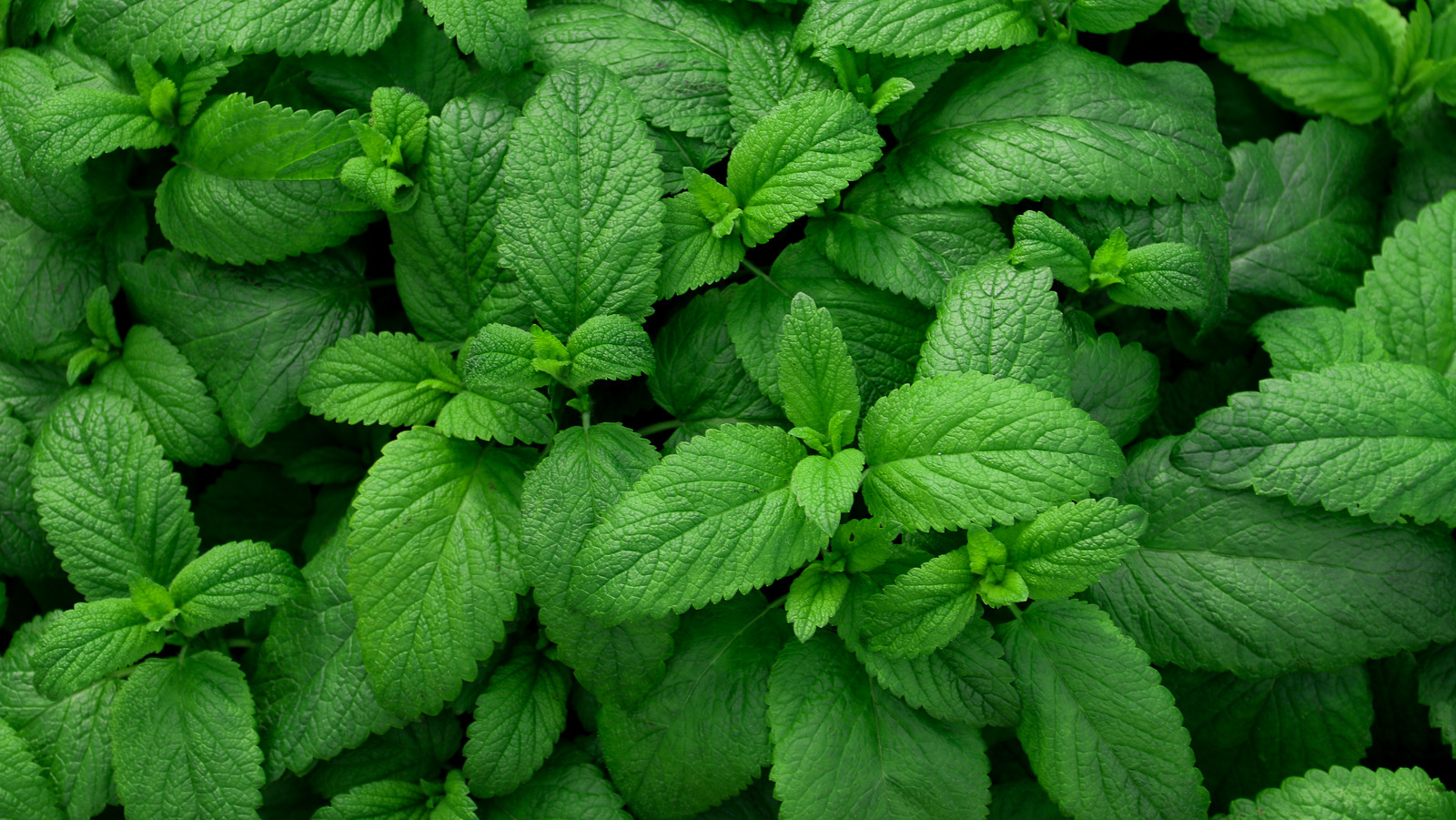Plant smells like mint – Prepare to embark on a captivating journey into the realm of plants that smell like mint. These aromatic wonders, blessed with a refreshing and invigorating scent, have captivated humankind for centuries. From their ecological significance to their culinary and medicinal uses, these plants offer a treasure trove of discoveries.
Join us as we delve into the scientific intricacies that give these plants their distinctive fragrance, explore their diverse applications, and uncover the secrets that lie within their verdant leaves.
Plant Identification

Various plant species possess a distinctive mint-like scent, attributed to the presence of specific chemical compounds. These plants belong to diverse botanical families and exhibit unique physical characteristics.
One of the most well-known mint-scented plants is Mentha, commonly known as mint. Mint plants are characterized by their square stems, oppositely arranged leaves, and small, often purple or white flowers. The genus Mentha encompasses numerous species, including peppermint (Mentha × piperita), spearmint (Mentha spicata), and apple mint (Mentha suaveolens).
Other Mint-scented Plants
Beyond the Mentha genus, several other plant species exhibit a mint-like aroma. These include:
- Catnip (Nepeta cataria): A perennial herb known for its strong minty scent and its attractive effects on cats.
- Pennyroyal (Mentha pulegium): A creeping perennial with a pungent, mint-like odor and a history of use in traditional medicine.
- Lemon balm (Melissa officinalis): A member of the mint family with a mild, lemon-scented aroma and calming properties.
- Oregano (Origanum vulgare): A culinary herb with a distinctive, slightly minty flavor.
- Thyme (Thymus vulgaris): A small, evergreen shrub with a minty, earthy aroma and culinary applications.
Chemical Composition

The distinctive mint-like aroma in plants originates from a complex blend of volatile organic compounds (VOCs) known as terpenes. These terpenes are synthesized and stored in specialized structures called glandular trichomes, which are present on the leaves, stems, and flowers of the plant.
The primary terpene responsible for the characteristic mint scent is menthol. Menthol is a monoterpenoid alcohol that possesses a refreshing, cooling sensation. Other important terpenes contributing to the mint aroma include menthone, isomenthone, and pulegone.
Role in Plant Defense Mechanisms and Ecological Interactions
The production of terpenes, including menthol, serves multiple ecological roles for plants. These compounds play a crucial role in defense against herbivores and pathogens. The strong aroma and taste of terpenes act as a deterrent to insects, mammals, and other animals that may attempt to feed on the plant.
Furthermore, terpenes can inhibit the growth and development of microorganisms, providing protection against bacterial and fungal infections. They also contribute to the plant’s overall resistance to environmental stresses such as drought and extreme temperatures.
In addition to their defensive roles, terpenes also play a significant role in ecological interactions. The volatile nature of these compounds allows them to be released into the atmosphere, where they can attract pollinators and beneficial insects. The specific blend of terpenes produced by a plant can influence the composition of the insect community that interacts with it.
Table of Key Compounds, Plant smells like mint
| Compound | Structure | Contribution to Scent |
|---|---|---|
| Menthol |  |
Primary component of mint aroma, provides cooling sensation |
| Menthone |  |
Contributes to minty, herbaceous notes |
| Isomenthone |  |
Similar to menthone, adds minty, camphoraceous notes |
| Pulegone |  |
Strong, minty aroma with hints of camphor and eucalyptus |
Medicinal and Culinary Uses: Plant Smells Like Mint
Plants with a mint-like scent have been treasured for centuries for their therapeutic and culinary properties. These versatile herbs offer a range of benefits, from soothing ailments to enhancing culinary creations.
Medicinal Applications
Traditionally, mint-scented plants have been used to alleviate a variety of ailments. Peppermint, for instance, is known for its calming effects on the digestive system, reducing symptoms like nausea, indigestion, and irritable bowel syndrome. It also possesses antibacterial and antiviral properties, making it effective against common colds and flu.
Spearmint, another popular mint variety, is often used as a natural remedy for headaches, stress, and anxiety. Its calming properties help promote relaxation and reduce tension.
Culinary Uses
In the culinary realm, mint-scented plants add a refreshing and aromatic touch to dishes. The bright, minty flavor complements a wide range of cuisines, from savory to sweet.
Mint leaves are commonly used in salads, dressings, and beverages. Their refreshing taste pairs well with fruits, vegetables, and meats. Spearmint, with its milder flavor, is often used in desserts, such as ice cream and candy.
Culinary Recipe
Mint-Infused Green Smoothie
Ingredients:
- 1 cup spinach
- 1/2 cup frozen banana
- 1/2 cup pineapple
- 1/4 cup fresh mint leaves
- 1/2 cup water
- 1 tablespoon honey (optional)
Instructions:
- Combine all ingredients in a blender and blend until smooth.
- Add honey to taste, if desired.
- Enjoy the refreshing mint-infused smoothie!